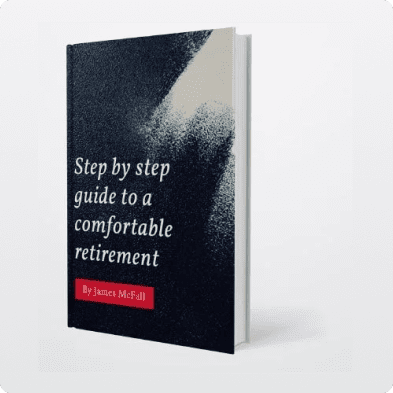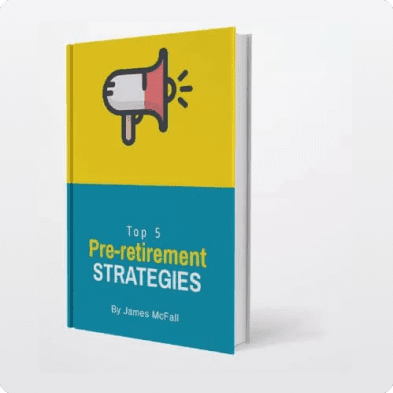A Yield Client Case Study 
Improved Age Pension entitlement by $13,300.

Ability to retain the family home as well as fund Aged Care and retirement

Invested funds personally and not in SMSF, saving on administration fees

Saved children money by properly calculating financial implications of gifting parents $100,000

Improved Age Pension entitlement by $13,300.

Ability to retain the family home as well as fund Aged Care and retirement

Invested funds personally and not in SMSF, saving on administration fees

Saved children money by properly calculating financial implications of gifting parents $100,000
We were contacted by a long-term client, worried about her parents. Her mother has Alzheimer’s and as her health progressively deteriorated, she was worried not only about her mum, but also the strain it was putting on her dad. While the family’s priority was to provide home care for as long as possible, it was becoming apparent that aged care would eventually be necessary, and they were understandably overwhelmed by the financial ramifications of this. The couple were age pensioners however had built up a reasonable retirement nest egg that could be drawn on to help supplement their desired retirement lifestyle. They also had a Self-Managed Super Fund (SMSF), though with a rather low balance.
Introduction
The diagnosis of Alzheimer’s was the main driving force behind them seeking our advice and they wished to gain clarity around how their financial future might look given different scenarios, which included a comparison between home & Residential aged care. Further to this, they wanted to know if it was affordable to retain the family home if Aged Care was required. They also wanted to know whether it was worthwhile to maintain their SMSF and how best to manage their cash flow and invest the cash nest egg that they had accumulated, most of which was outside the Superannuation environment. Finally, the girls were prepared to contribute $100,000 and they wanted to understand how this would benefit the position.
Overview – Benefits of Our Advice
As a result of seeking our advice these clients benefited in the following ways:
- We identified that they were receiving less Age Pension from Centrelink than they should be and immediately improved their Age Pension entitlement by $13,300.
- We guided them on their Home Care entitlements, which are government incentives provided to people in need, to help them stay in their home for longer
- We provided them with clarity around the transition into a potential aged care facility and illustrated the impact that each funding choice would have on them both financially and from a lifestyle perspective to help them make the right choice for their family.
- We showed them that it was possible to retain the family home and fund Aged Care, as well as provide for their retirement need
- We identified that if the girls were to gift $100,000, the end position for the parents would have been no better off. This was due to the fact they would have received lower Age Pension entitlements. Essentially saving the girls $100,000.
- We recommended that they wind up the SMSF and invest the funds personally resulting in making their investment mix easier to administer and a reduction in cost.
- We helped them invest their money appropriately to achieve better returns, considerate of their risk profile but also of their need to draw on this investment to fund the transition into Aged Care.
Outcomes
The first step we took in preparing our advice was to immediately review their Centrelink position. This was because based on the information they provided us; it was likely that they were being underpaid their Age Pension entitlements. Our assistance on this matter enables them to increase their entitlements under the age pension by roughly $13,300 p.a.
The next step was to clarify and explain the ins & outs of the Aged Care world. This included a process of educating the clients on terms such as the Basic daily care fees, means-tested care fees, Refundable Accommodation Deposits (RAD), and Daily Accommodation Payments (DAP).
But more importantly, we also included a comparison of scenarios that contrasted the impacts that their choice of funding Aged Care may have on both their financial position and lifestyle. Prior to approaching us for advice, the clients already had an ideal Aged Care facility in mind, which had a RAD of $300,000.
There were 4 scenarios that we overlaid into their financial position and these were:
- Paying the full $300,000 RAD themselves;
- Paying half of the RAD ($150,000) and pay an ongoing DAP;
- Paying nothing towards the RAD and pay the full ongoing DAP; or
- Having their daughters support them by paying their RAD in full.
Comparing the impacts of each scenario we identified and recommended that paying the full $300,000 RAD themselves would lead to the most beneficial outcome as:
- A RAD is not assessed for Centrelink purposes, meaning that as a result of paying $300,000 they would effectively be transferring the same amount from being assessed by Centrelink to no longer being assessed at all. Leading to them both being eligible to a greater Age Pension entitlement, in fact our assessment suggested that they’d be entitled to receive the full pension; and
- The less of the RAD they pay, the more deemed income that’d be assessed to have, leading to a greater increase in the cost of their means tested care fees.

An interesting takeaway from this exercise was that when we overlaid the scenario that had their daughters support them by paying for their RAD in full, it actually led to a worse long-term outcome. The reasoning for this was that in doing so, funds remained assessable by Centrelink, greatly reducing their eligibility to the Age Pension whilst also increasing their means-tested care fee, effectively double-dipping into their retirement cash flow.
As the clients were not yet ready to transition into Aged Care, we also assisted them with identifying an appropriate investment platform that would be invested in a way that is both considerate of their risk profile and investment time horizon, as the intention was to draw on the investment to fund the transition into Aged Care later on down the track.
Lastly, we identified that maintaining the SMSF was not in their best interests and although the funds were in an Account-Based Pension in Superannuation, it would be more beneficially to withdraw the balance and invest the funds in their personally. The rationale was that our analysis indicated that based on the balance of the fund, they wouldn’t need to pay tax on the earnings of these funds outside super for several years, if at all. The benefit of doing so meant they had one less account they needed to administer/maintain making life easier for them without much downside.
If you or someone you know, love, or care for are thinking about Aged Care, we are well placed to help. To find out more about our Aged Care service and advice read more.


























